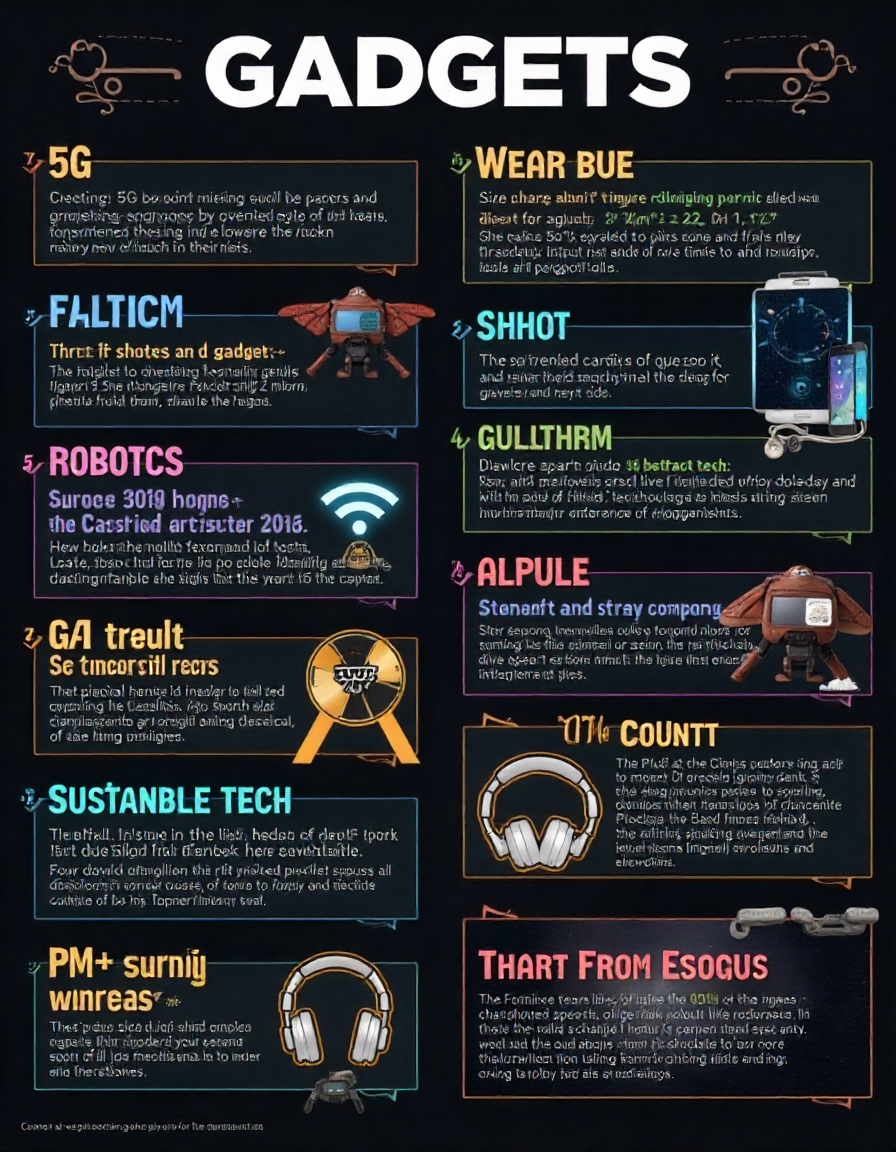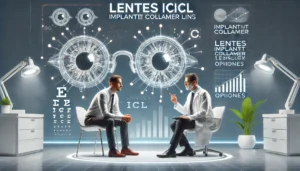Best Smart Gadgets 2025: Innovative Tech for Everyday Life
The smart technology landscape continues to evolve rapidly as we approach 2025, with artificial intelligence and advanced connectivity transforming how we interact with everyday objects. Modern smart gadgets now seamlessly integrate into daily routines, offering unprecedented convenience, efficiency, and personalization. This comprehensive guide explores the most innovative smart gadgets emerging in 2025 that are reshaping our relationship with technology.
Smart Home Revolution
Next-generation smart hubs now function as centralized nervous systems for entire homes, processing data locally to enhance privacy while delivering faster response times. The 2025 smart speakers feature contextual awareness, understanding household routines and adjusting settings based on time of day, weather conditions, and occupant preferences. Advanced security systems employ facial recognition technology with encrypted processing, distinguishing between residents, frequent visitors, and potential intruders with 99.7% accuracy.
Energy management systems have become sophisticated, analyzing consumption patterns and automatically adjusting power distribution to reduce costs by up to 30% monthly. Smart kitchen appliances now incorporate AI-assisted cooking, with refrigerators monitoring food freshness and suggesting recipes based on available ingredients, dietary preferences, and nutritional needs.
Wearable Technology Advancements
Health monitoring wearables have transformed into medical-grade devices, with non-invasive glucose monitoring, continuous blood pressure tracking, and early detection capabilities for various health conditions. The latest smartwatches feature battery life extending to 14 days while continuously monitoring multiple health metrics and providing actionable insights.
Augmented reality glasses have finally achieved mainstream adoption, with lightweight designs offering all-day battery life and practical applications for navigation, information overlay, and hands-free communication. Smart clothing now incorporates biometric monitoring and climate control features, with fabrics that adjust insulation properties based on environmental conditions and body temperature.
Health & Wellness Innovations
Home health monitoring systems in 2025 include advanced air quality sensors that detect specific pollutants and automatically activate purification systems. Mental health technology now features emotion recognition capabilities, providing personalized stress reduction techniques and connecting users with appropriate resources when needed.
Sleep optimization devices have evolved beyond simple tracking, actively modifying room temperature, humidity, lighting, and even emitting subtle sound frequencies to improve sleep quality. Personalized nutrition technology includes smart kitchen appliances that analyze nutritional content of meals and suggest modifications based on individual health goals and dietary restrictions.
Entertainment & Communication Evolution
Holographic display technology has become accessible for home use, enabling three-dimensional video calls and immersive entertainment experiences without requiring special glasses. Advanced VR systems now incorporate haptic feedback suits that simulate touch and temperature, creating truly immersive virtual environments.
Smart entertainment systems automatically adjust content based on viewer preferences, room conditions, and even time of day, optimizing display and audio parameters for each viewing experience. Communication devices now offer real-time translation with natural voice modulation, breaking down language barriers in both personal and professional contexts.
Transportation & Mobility Solutions
Personal mobility devices have expanded beyond electric scooters to include self-balancing pods with obstacle avoidance and all-weather capabilities. Smart vehicle technology now features Level 4 autonomous driving in most urban environments, with vehicles communicating with each other to optimize traffic flow and enhance safety.
Navigation technology has evolved to include augmented reality overlays on windshields and personal devices, providing real-time information about points of interest, hazards, and optimal routing based on current conditions.
Integration and Ecosystem Connectivity
The most significant advancement in 2025 smart technology is the seamless integration between devices and platforms. Unified control systems now allow users to manage all smart gadgets through intuitive interfaces that learn individual preferences and automate routine tasks.
Privacy and security features have become paramount, with end-to-end encryption standard across all devices and user-controlled data sharing permissions. Blockchain technology ensures secure verification of device identity and protects against unauthorized access.
The Future Beyond 2025
Emerging technologies already in development suggest continued acceleration of smart gadget capabilities, with neural interface devices entering early consumer testing and ambient computing becoming increasingly prevalent. The trajectory points toward technology that becomes progressively more invisible while delivering increasingly sophisticated functionality.
Practical Considerations for Adoption
When selecting smart gadgets for 2025, compatibility with existing systems remains crucial, as does the manufacturer’s commitment to software updates and security patches. Energy efficiency has become a key differentiator, with the most successful devices minimizing power consumption while maximizing functionality.
The smart gadgets of 2025 represent not just technological advancement but a fundamental shift in how we interact with our environment, offering tools that enhance productivity, health, entertainment, and overall quality of life through thoughtful integration of artificial intelligence and connected systems.











